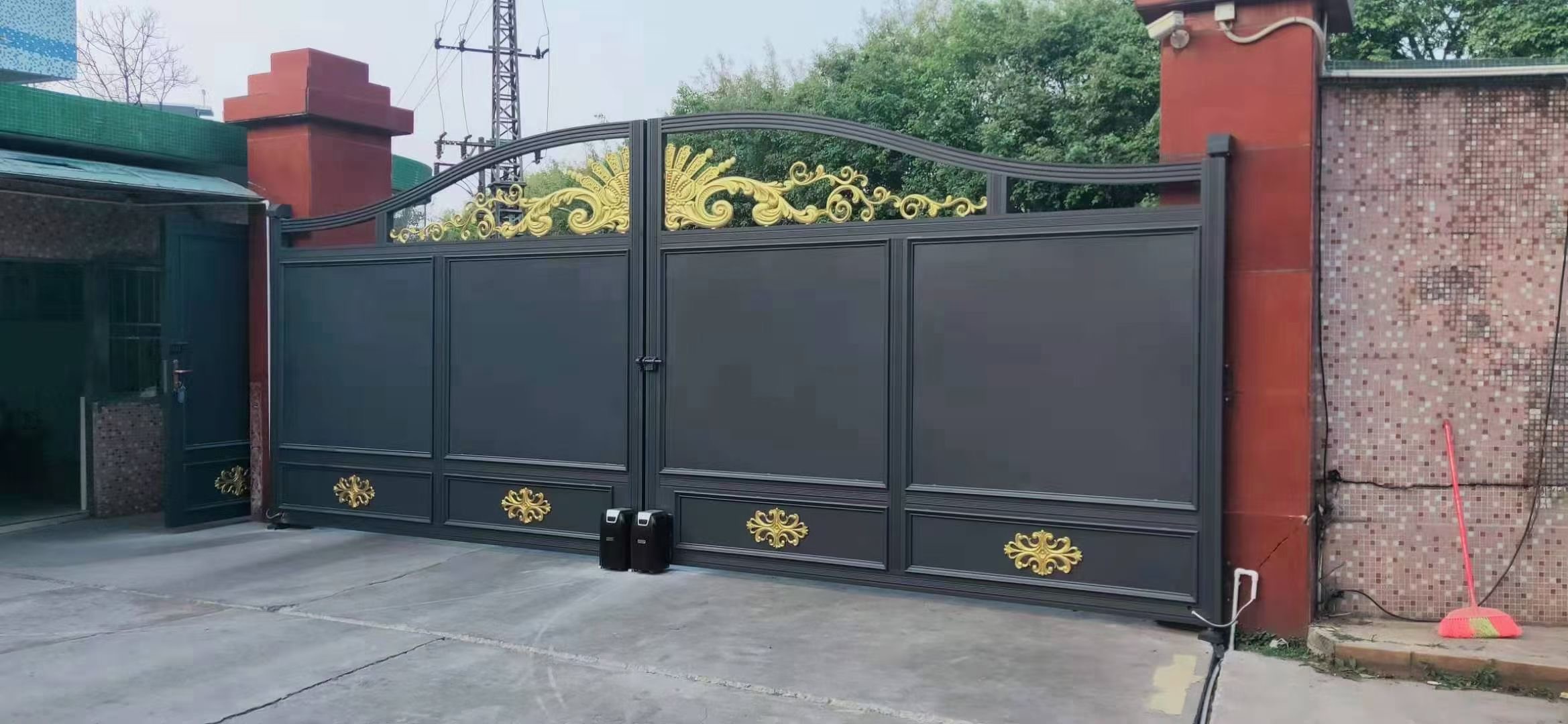What is the typical installation process for a swing gate operator?
Swing gate operators, also known as gate openers, are essential components for automating swing gates, providing convenience, security, and control over access to your property. Installing a swing gate operator can be a complex task, and understanding the typical installation process is crucial for a successful and functional gate automation system. In this article, we will walk you through the typical steps involved in installing a swing gate operator.

Step 1: Assessment and Planning
Before installation, it's essential to assess your property and gate to determine the feasibility of automation. Consider factors like the gate type (single or dual), gate material, gate weight, available space, and power source. Based on this assessment, you can plan the installation process and choose the appropriate swing gate operator model.
Step 2: Gathering Tools and Materials
Once you have selected the right swing gate operator for your needs, gather the necessary tools and materials for installation. Common tools include wrenches, screwdrivers, a level, wire strippers, and a power drill. Additionally, you will need materials such as concrete for the gate post footings and conduit for wiring.
Step 3: Preparing the Gate Posts
For swing gate automation, the gate posts play a crucial role. You may need to reinforce or modify the gate posts to ensure they can support the weight of the gate and the operator. This may involve digging and pouring concrete footings for added stability.
Step 4: Mounting the Operator
Next, mount the swing gate operator on one of the gate posts. Carefully follow the manufacturer's instructions for the correct positioning and attachment of the operator. Ensure that it is level and securely anchored.
Step 5: Attaching the Actuator Arm
Attach the actuator arm or arms (depending on whether you have a single or dual gate) to the operator and the gate itself. This arm is responsible for moving the gate open and closed. Proper alignment and attachment are critical for smooth operation.
Step 6: Wiring and Power Supply
Connect the wiring for the swing gate operator, including the power supply, control panel, and any accessories like intercoms or keypads. Make sure all connections are secure and follow electrical codes and safety guidelines.
Step 7: Adjusting Settings and Safety Features
Most swing gate operators come with settings that allow you to adjust parameters like gate speed and opening angles. Ensure that these settings are configured correctly to suit your preferences and safety requirements. Test the safety features, such as obstacle detection sensors, to ensure they are functioning correctly.
Step 8: Testing and Fine-Tuning
Before completing the installation, thoroughly test the swing gate operator to ensure it operates smoothly and without any issues. Pay attention to the gate's movement, noise levels, and any unusual behavior. Fine-tune the settings as needed to achieve optimal performance.
Step 9: Regular Maintenance
Once the swing gate operator is installed and functioning correctly, establish a regular maintenance schedule. This includes lubricating moving parts, inspecting safety features, and addressing any wear and tear promptly.
Conclusion
Installing a swing gate operator requires careful planning, precise execution, and a focus on safety. By following the typical installation process outlined above and adhering to manufacturer instructions, you can enjoy the benefits of automated gate access, enhancing convenience, security, and control over your property's entry and exit points. If you are unsure about any aspect of the installation, consider seeking professional assistance to ensure a safe and reliable swing gate automation system.





